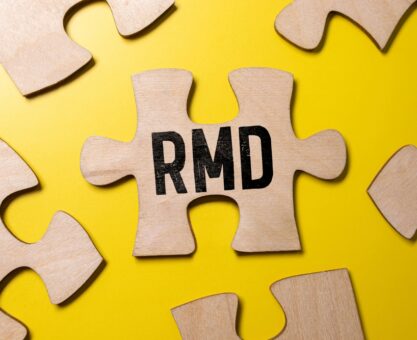As you know, your Thrift Savings Plan (TSP) is not tax free. It’s simply tax deferred until you start taking distributions during your retirement. However, a popular retirement-planning strategy that many federal employees apply is to let their TSP continue to grow without taking any withdrawals. However, as the Internal Revenue Service (IRS) website explains: “You cannot keep retirement funds in your account indefinitely.” But what if you have other retirement savings accounts in addition to the TSP?
What Types Of Accounts Are Subject To RMDs?
Under the most recent tax laws, you have start taking Required Minimum Distributions (RMDs) in the year you turn age 72. The types of tax-deferred accounts subject to RMDs include Individual Retirement Accounts (IRAs) and Defined Contribution plans including the TSP, 401(k)s, 403(b)s, 457(b)s, plus Employee Stock and Profit Sharing plans. Add to this the IRS has different rules for different types of accounts.
IRS Rules When You Have More Than One IRA
According to the IRS website, you do not have to take a separate RMD from each IRA. If you have more than one IRA, you’re required to calculate the RMD for each IRA separately, every year. However, you’re allowed to aggregate your RMD amounts for all of your IRAs and withdraw the total from one IRA account or a portion from each of your IRA accounts.
“A defined contribution plan is an employer-based, tax-deferred savings account like the TSP and 401(k)s.”
IRS Rules When You Have More Than One Defined Contribution Plan
A defined contribution plan is an employer-based, tax-deferred savings account like the TSP and 401(k)s. If you have more than one of these types of accounts, the IRS rules are different. Unlike the rules for IRAs, with Defined Contribution Plans you must calculate and satisfy your RMDs separately and withdraw the required amount from each plan. This means you cannot aggregate the RMD from your TSP with any other required distributions.
A Hefty IRS Penalty If You Fail To Take RMDs
You don’t have to worry about penalties on your TSP because your RMD will be calculated and sent to you before the IRS deadline. However, if you also have an IRA or 401(k), the IRS penalty for not taking an RMD (or taking less than the required amount) at age 72 is 50% of the amount not taken on time.
If this all sounds confusing you’re not alone. Touch base with an FRC® trained advisor who can connect you with a highly-experienced tax professional who can help you calculate your RMD and the taxes you’ll owe to Uncle Sam.














